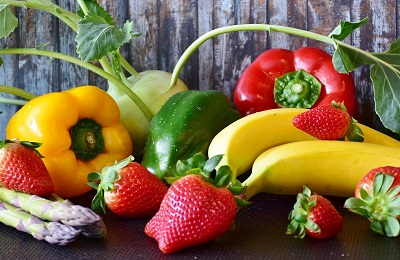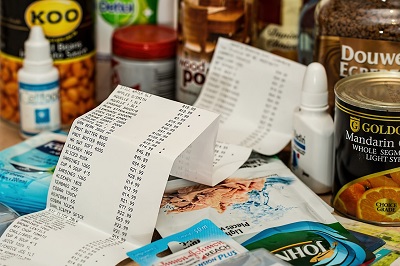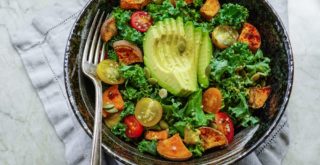 Whether you’re eating fruits or vegetables, you’re adding lots of nutrients and fiber to your diet, and that’s great for you. That said, can you say with confidence that you really know if what you’re eating is in the first category or the second?
Whether you’re eating fruits or vegetables, you’re adding lots of nutrients and fiber to your diet, and that’s great for you. That said, can you say with confidence that you really know if what you’re eating is in the first category or the second?
Are You Eating Fruits or Vegetables?
Regardless of whether you’re eating fruits or vegetables, you’re consuming foods that contain vitamins, minerals, antioxidants, fiber, and lots of other nutrients your body craves.
That said, while we may think we’re focusing on this produce in an informed way, many of us wouldn’t be able to accurately say whether the foods we had in our last meal were fruits or vegetables.
If you’re a botanist, you’re likely the exception to this rule, but it is highly common for us to have been taught the wrong foods are fruits and vegetables in school and to have hung onto those errors throughout our lives. It’s not that it necessarily causes any harm, but in understanding our food, it can be helpful to understand why it falls into certain categories so we can make informed choices.
Do You Really Know What You’re Eating?
The US Department of Agriculture recommends that the average adult should consume between 1.5 and 2.5 cups of fruit daily. At the same time, it also recommends that we eat between 2 and 4 cups of veggies every day. Of course, the specifics come down to many factors such as your age, sex, weight, and individual dietary requirements, but those are some general rules of thumb.
To be able to try to adhere to those rules, you’d need to know which foods fruits and which ones are veggies.
So, you’d likely assume that if you had an apple, an orange, bell pepper, green beans, some avocado, and zucchini, you’d be all set, right? Well, unless you’re that botanist we mentioned earlier, you’re likely about to be shocked to discover that all you had that day was fruit! But not to worry, because the story has a twist at the end.
What’s the Difference Between Fruits and Vegetables?
What designates whether you are eating fruits or vegetables is the part of the plant from which it is grown.
A fruit comes from the part of a plant that flowers and it contains seeds. Alternately, veggies are any other part of the plant that is edible, such as stems, leaves, roots, tubers and bulbs.
Fruits and Vegetables Commonly Mistaken for Each Other
Most of us typically think of fruits as something sweet – or at least tart – and vegetables as savory. Though this often means we classify our food in the same way as botanists, there are several items in your grocery store’s produce section – such as tomatoes – that we often think of as one thing, when they’re actually another.
Here are a few foods we often think of one way, when botanists have the opposite opinion. Keep reading, though. You might be surprised to discover that the US FoodData Central (also known as the FDC, the nutritional database of the US government) tends to side with common opinion instead of the technical scientific designation.
1 – Tomatoes
As mentioned earlier, the savory flavor of tomatoes makes most of us think of tomatoes as a vegetable, but it’s actually a fruit according to botanists since it grows from its plant’s flower and contains the seeds. The FDC classifies it as a vegetable.
2 – Bell Peppers
Bell peppers grow from their plants’ flowers and contain the seeds, making them a fruit according to botanists. That said, most of us – including the FDC – place them in the vegetable category.
3 – Cucumbers
Most of us, including the FDC, think of cucumbers as vegetables. Botanists? You guessed it! They see these foods that grow from flowers and contain seeds as fruits.
4 – Green Beans
Ready for more surprises? Because you likely think of green beans as vegetables, just like the FDC. However, they do grow from the flowers of their plants and the beans themselves are seeds, which makes them a fruit.
5 – Rhubarb
You likely know this flavor best when it is combined with strawberries in jams, pies, and other baked treats, and you likely think of it as a fruit, like the FDC. However, the part of the rhubarb people eat is the stalk – its stem – which makes it a vegetable according to botanists, not a fruit.
What You Should Know About FDC Designations of Fruits and Vegetables
Remember how we mentioned earlier that if you ate an orange, bell pepper, green beans, some avocado, and zucchini, you’re technically eating all fruit? And that you were promised a twist at the end? Here it is.
The USDA recommendations aren’t based on technical designations from botanists. Instead, the guidance is geared toward common definitions of our foods, just like the FDC. Therefore, if you ate that list of foods, you’d be perfectly in the zone for the food recommendations for the average adult in the United States!



















